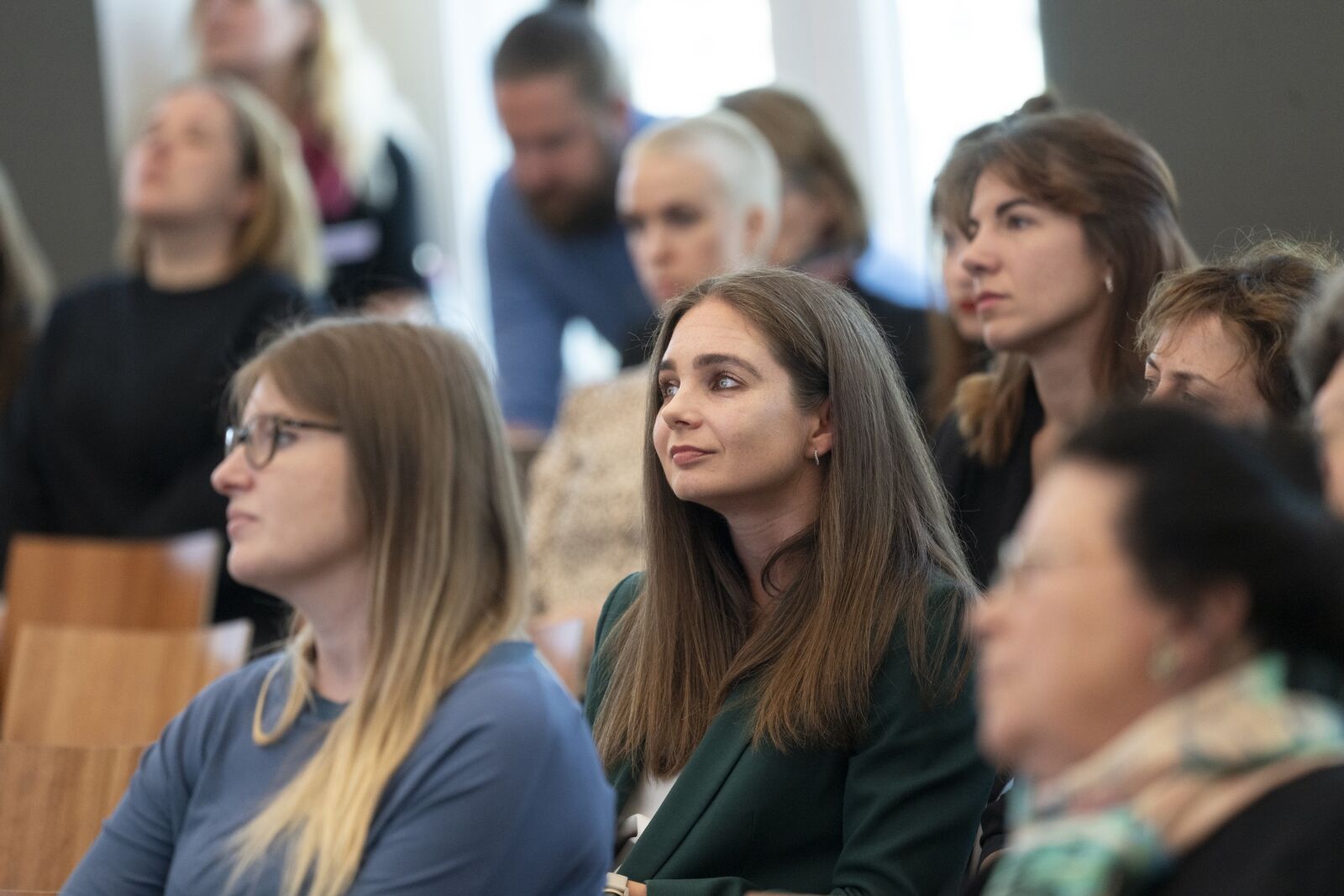
Sebastian Bolesch
Art & Science
Multiple dates
The new Barberini Studio regularly hosts exciting art talks on current topics related to art in the museum.
Thu, January 29, 5:30 p.m.
Woman and Unicorn
Ira Oppermann, Art Historian
For centuries, the unicorn has fascinated people as a mythical creature. Its recurring connection with the female figure is particularly striking. But what lies behind this mysterious relationship? This lecture invites you on a journey through centuries and cultures. It sheds light on the complex meanings attributed to this mythical creature in connection with women—from religious allegories to feminist interpretations. The diversity of representations shows how the unicorn reflects social ideas of femininity. In the 20th century, female artists opened up entirely new perspectives in their exploration of this motif.
Thu, January 22, 5:30 p.m.
In cooperation with the Gay Museum, Berlin
Unicorn in the Mirror
Dr. Marian Wild, art historian, author, curator
The unicorn is an as enigmatic as fascinating animal. For thousands of years, it has captured the imagination of people in legends, imagery, and dreams, from ancient times to the internet. Its form reflects the longings and ideas of those who behold it: Is it a vain animal, a children's fairy tale, a shy horse, or a symbol of sexuality? In this lecture, Marian Wild explores various facets of the unicorn, with a special focus on references to queer culture, and questions their meaning.
Duration
60 minutes
Costs
€ 10
The ticket allows you to visit the museum one hour before the start of the event.
Meeting point:
Foyer
Location
Barberini Studio, Humboldtstr. 4, 14467 Potsdam; next to the museum
Dates and tickets
-
Thu, Jan 22, 5:30 p.m.
-
Thu, Jan 29, 5:30 p.m.